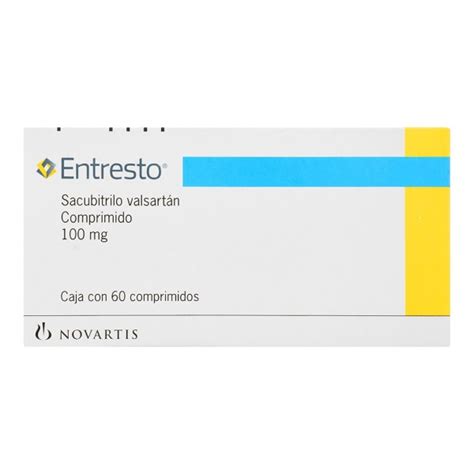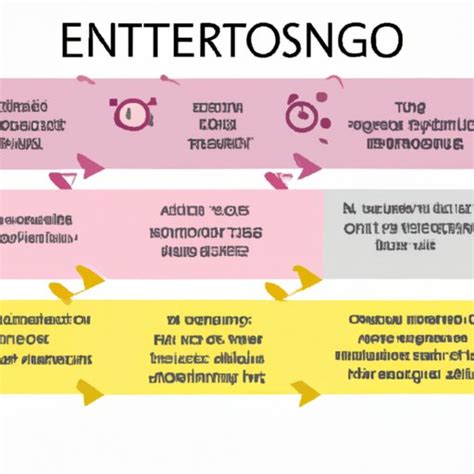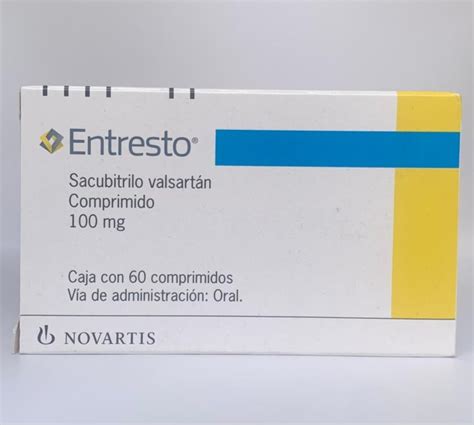Intro
Discover how Entresto treats heart failure, reducing hospitalization risk. Learn about its benefits, mechanism, and role in managing chronic heart failure, improving cardiac function and patient outcomes with this innovative medication.
Heart failure is a chronic and progressive condition where the heart is unable to pump enough blood to meet the body's needs. It affects millions of people worldwide, causing significant morbidity and mortality. In recent years, there has been a growing interest in developing new treatments for heart failure, and one such treatment is Entresto. Entresto, also known as sacubitril/valsartan, is a novel drug that has been shown to improve outcomes in patients with heart failure. In this article, we will delve into the world of Entresto and explore its mechanism of action, benefits, and potential uses in the treatment of heart failure.
The importance of finding effective treatments for heart failure cannot be overstated. Heart failure is a leading cause of hospitalization and death worldwide, and its prevalence is expected to increase in the coming years due to the aging population and the rising incidence of risk factors such as hypertension and diabetes. Traditional treatments for heart failure, such as ACE inhibitors and beta-blockers, have been shown to improve symptoms and reduce mortality, but they have limitations. For example, ACE inhibitors can cause cough and renal impairment, while beta-blockers can cause fatigue and bradycardia. Therefore, there is a need for new treatments that can provide better efficacy and tolerability.
The development of Entresto is a significant breakthrough in the treatment of heart failure. Entresto is a combination of two drugs: sacubitril, a neprilysin inhibitor, and valsartan, an angiotensin II receptor blocker. Sacubitril works by inhibiting the enzyme neprilysin, which breaks down natriuretic peptides, substances that help to relax and dilate blood vessels. By inhibiting neprilysin, sacubitril increases the levels of natriuretic peptides, leading to vasodilation and reduced blood pressure. Valsartan, on the other hand, works by blocking the action of angiotensin II, a potent vasoconstrictor that is involved in the renin-angiotensin-aldosterone system (RAAS). The combination of sacubitril and valsartan in Entresto provides a unique mechanism of action that addresses multiple pathways involved in heart failure.
How Entresto Works

Benefits of Entresto

Entresto vs Traditional Treatments

Side Effects of Entresto
While Entresto is generally well-tolerated, it can cause side effects, including: * Hypotension: Entresto can cause a decrease in blood pressure, which can lead to dizziness and lightheadedness. * Hyperkalemia: Entresto can cause an increase in potassium levels, which can lead to muscle weakness and cardiac arrhythmias. * Cough: Entresto can cause a cough, although this is less common than with ACE inhibitors.Who Can Benefit from Entresto

Future Directions

Conclusion and Final Thoughts

We invite you to share your thoughts and experiences with Entresto in the comments section below. Have you or a loved one been treated with Entresto? What were your experiences? Do you have any questions about Entresto or heart failure? We encourage you to ask, and we will do our best to provide you with accurate and helpful information.
What is Entresto used for?
+Entresto is used to treat heart failure with reduced ejection fraction (HFrEF).
How does Entresto work?
+Entresto works by inhibiting the neprilysin enzyme and blocking the action of angiotensin II, leading to improved cardiac function and reduced blood pressure.
What are the benefits of Entresto?
+The benefits of Entresto include improved symptoms, reduced hospitalization, and increased survival in patients with heart failure.
What are the side effects of Entresto?
+Entresto can cause side effects, including hypotension, hyperkalemia, and cough.
Who can benefit from Entresto?
+Entresto can benefit patients with heart failure who have reduced ejection fraction, symptoms of heart failure, and a history of hospitalization for heart failure.
